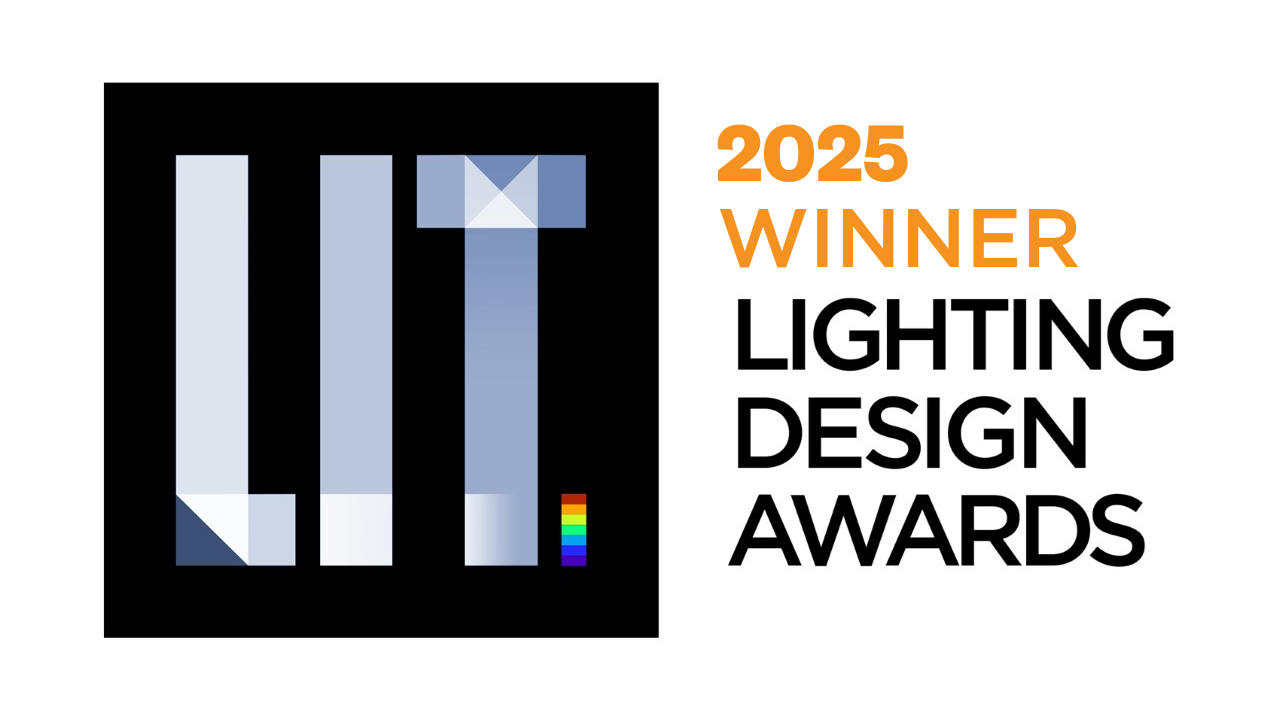Prize(s) Winners in Music Event Lighting
Lighting Design/Product Company ANH DESIGN COMPANY
Lead Designers SUN , JIAN - FENG
Client Ooky Studio
Photo Credits ANH DESIGN COMPANY
Completion Date December 14, 2024
Project Location Taipei Arena
Entry Description“The Last Train of Happiness” marks TRASH’s first major arena performance in their 15-year journey as a band. The entire stage and lighting design centered around square elements, symbolizing the compartments of a train. It also incorporated parts of their previous tour “Holy Trip!” representing every stop they’ve made along their journey.
TRASH’s music blends rock, electronic, and pop elements. The lighting design featured a heavy use of beam and strobe lights, with a matrix of strobes visualizing the intense rhythm and extending the visuals from the main stage into the audience area. The show also employed numerous stage lift and servo motors, which, combined with varied lighting and visuals, allowed the stage to transform in many ways.
Heavily influenced by Japanese anime, the band even referenced the iconic “Kamehameha” move from “Dragon Ball” in their lyrics. During the performance, the lighting design placed strobes and molefay light beneath a metal grid under the band’s feet. This, paired with numerous beams, lasers, and special effects, recreated the energy-gathering effect of the Kamehameha, culminating in intense flashing lights and fireworks to simulate the blast.
The lighting wasn’t just an accompaniment—it actively participated in building emotional arcs and transitions, resulting in a breathtaking performance woven from emotion, sound, and light.
Sustainability ApproachWe used energy-efficient, reusable LED fixtures to reduce power consumption and heat emission without compromising visual impact. To minimize on-site energy use, we utilized lighting visualization software to pre-program effects in a virtual environment, streamlining setup time and reducing carbon output.
By optimizing fixture quantity and placement, we achieved rich visual expression with minimal resource use. Through these actions, we not only reduced the event’s environmental footprint but also


